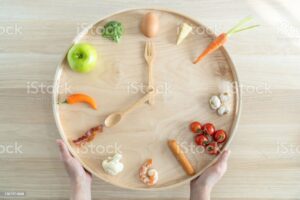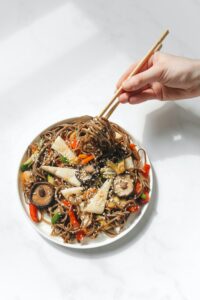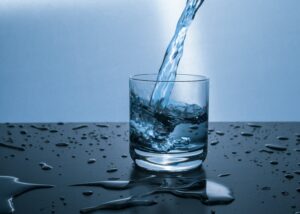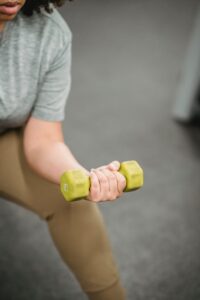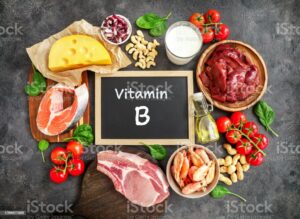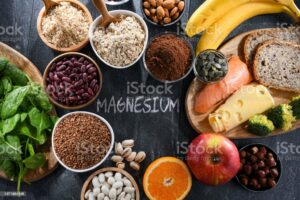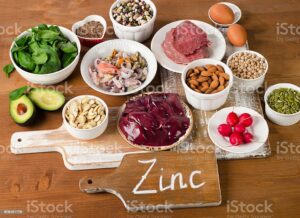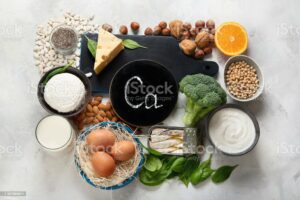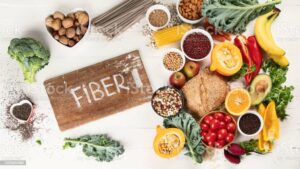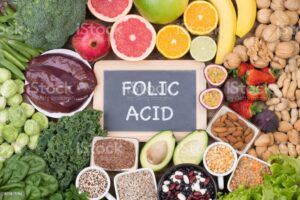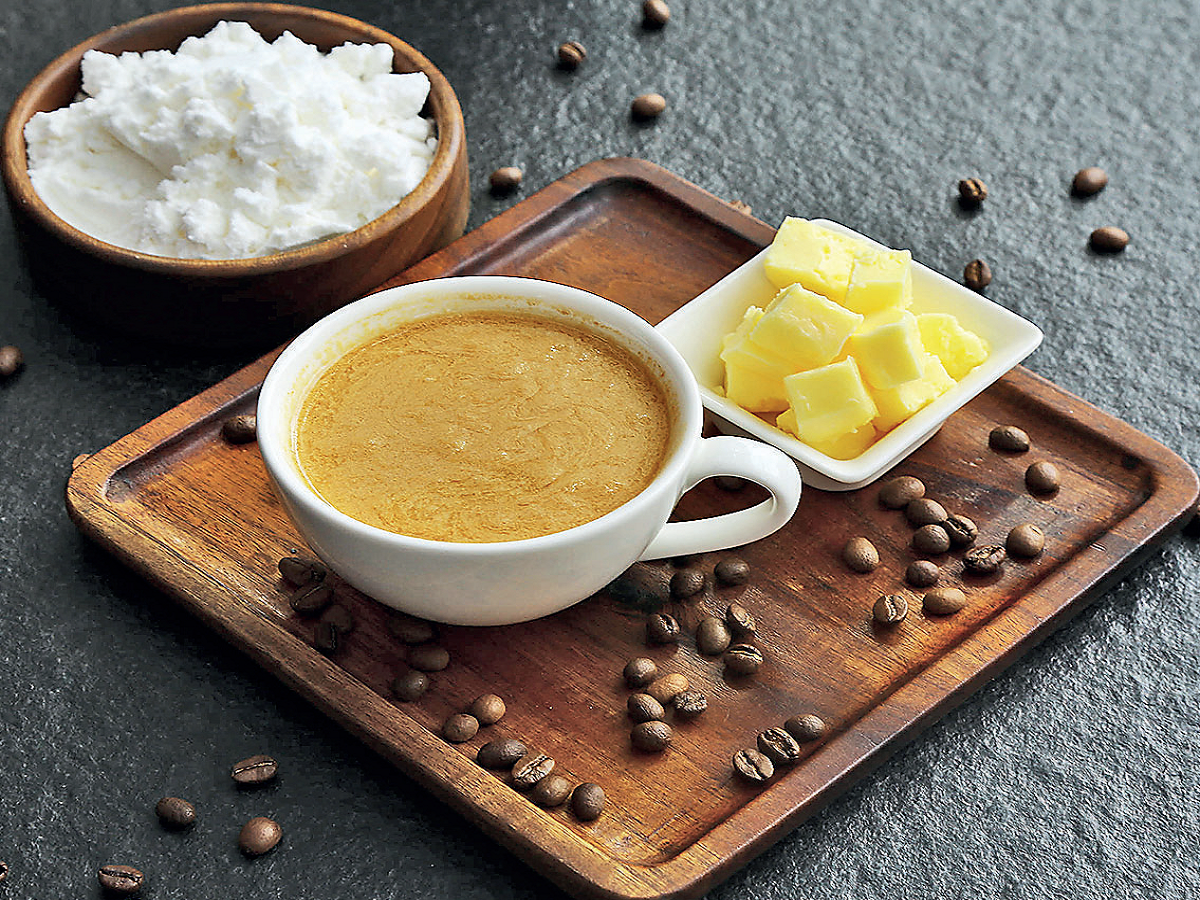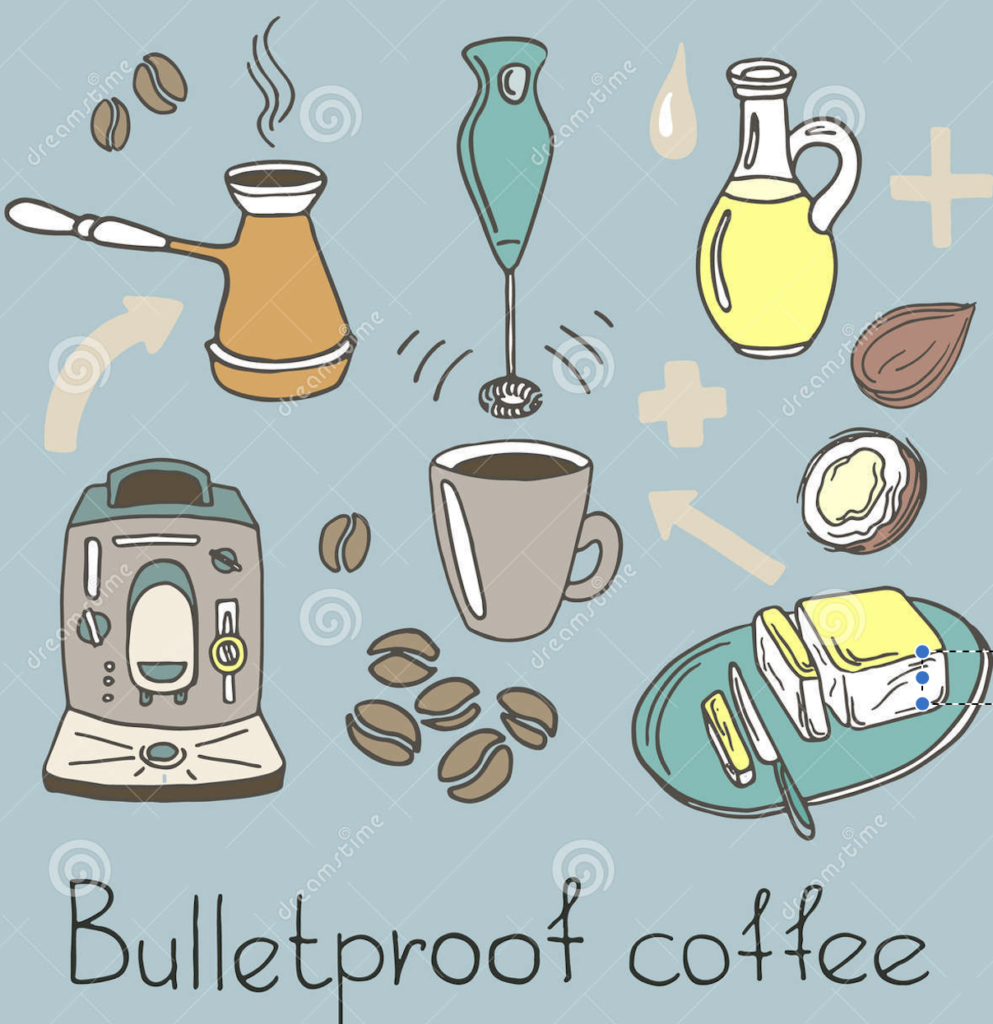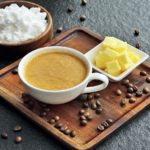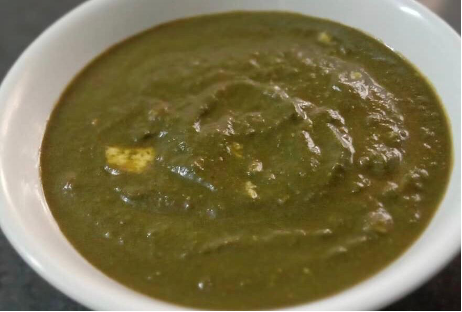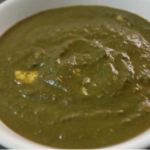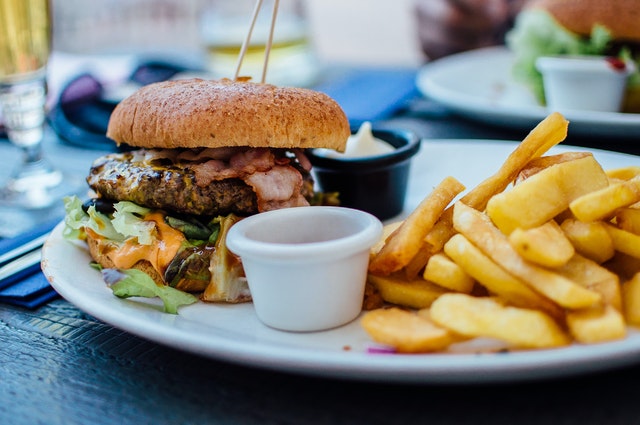Willpower is crucial while beginning a health journey. Making and maintaining healthy adjustments to your routines, way of life, and health-related decisions requires mental fortitude and tenacity. Here are some pointers for developing and sustaining willpower as you start your journey toward better health,
Strategies to Strengthen Your Willpower on the Path to Better Health:
- Set Clear Goals: Clearly define your health goals by setting them. Clear goals provide direction and purpose whether you’re trying to lose weight, get more fit, eat healthier, or manage a particular health problem.
- Start Small: Make small, doable adjustments at first. Burnout can result from attempting to completely change your way of life overnight. Start by making one or two small, manageable changes, then progress from there.
- Create a Plan: Create a detailed strategy outlining the precise measures you’ll take to accomplish your objectives. A roadmap can help you remain on track and make your journey appear less overwhelming.
- Visual Reminders: Use visual clues, such as post-it notes or pictures, to remind yourself of your objectives and the reasons you initially began your path toward better health.
- Maintain a positive mindset: Remind yourself of the advantages of your work as you visualize your success. Your motivation and willpower can both be strengthened by positive thinking.
- Stay Accountable: Discuss your objectives with loved ones, close friends, or a support group. Having someone to keep you accountable can add another level of encouragement and incentive.
- Reward Yourself: Celebrate your progress and reward yourself for your accomplishments. No matter how minor, rewarding oneself for achieving goals will help you stay motivated.
- Practice Self-Care: Prioritize self-care practices including getting enough sleep, stress management, and participating in activities you enjoy. Taking care of your overall well-being can help you have more willpower.
- Mindfulness and Meditation: Practices like mindfulness and meditation can help you stay in the moment and reduce stress. These methods can also help you become more self-aware of who you are and make it easier for you to control your impulses.
- Learn from Setbacks: It’s common to experience difficulties and setbacks while pursuing good health. Consider these events as chances to develop and learn rather than giving up. Examine what went wrong and consider changes to your strategy.
- Consistency is Key: Building lasting habits requires consistency, which is why consistency is so important. Utilize your resolve to follow through on your strategy even on the days when you lose inspiration.
- Visual Reminders: Use visual clues, such as post-it notes or pictures, to remind yourself of your objectives and the reasons you initially began your path toward better health.
- Flexibility and Adaptability: Keep the option of changing your plan open. Being able to adjust without giving up is crucial since life is full of unexpected turns.
Keep in mind that willpower can fluctuate over time, so it’s critical to support it with self-care and constructive criticism. Your resolve will probably grow stronger as you see the results of your efforts, making it simpler to carry on with your journey for better health.



